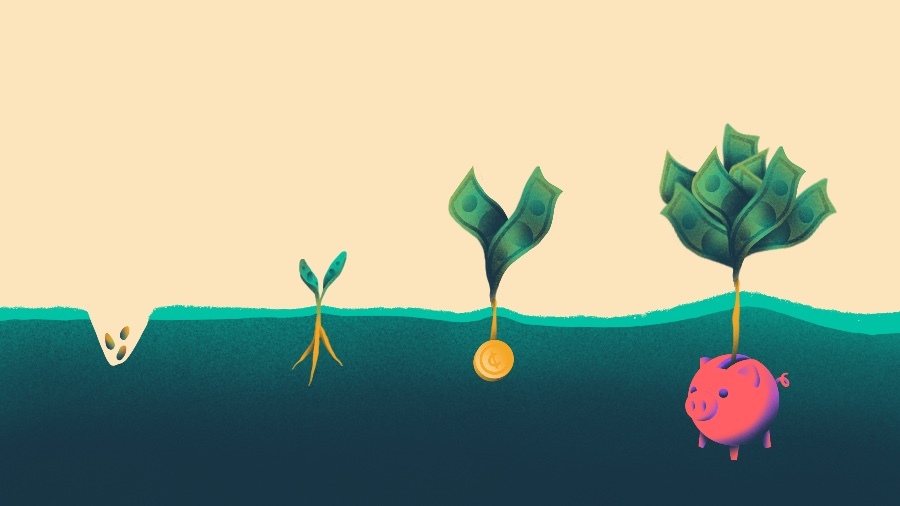Some of the largest tech companies in the world have pledged to go carbon-negative within the next few years by purchasing carbon offsets — credits for funding wind farms or other sustainable energy projects.
But there may be a way to turn acres of rolling fields in the U.S. into carbon capture mills without building energy systems.
Andes, a climate tech startup from California, announced on Thursday it raised $30 million in Series A funding, bringing total funding to $38 million, per the company. Investors such as Leaps by Bayer, Cavallo Ventures and Germin8 participated in the raise.
Search less. Close more.
Grow your revenue with all-in-one prospecting solutions powered by the leader in private-company data.
The company leverages microorganisms that live in large patches of farmland to capture carbon dioxide and convert it into minerals, which reduces greenhouse gasses.
“Catastrophic climate disasters that jeopardize human life and natural resources are inevitable without high-permanence, scalable carbon sequestration,” said CEO and founder Gonzalo Fuenzalida in a statement.
One of the most popular seed-stage funding categories
Around 52% of the land in the U.S. is dedicated to agriculture. This kind of technology has the ability to turn swathes of land into carbon-sucking ecosystems.
And investors are taking note. At the beginning of the year, Crunchbase News identified carbon capturing companies as among the most popular categories for seed-stage funding. Lithos Carbon, which raised $6.3 million in 2022 to help farmers reduce greenhouse gasses, raised $6.3 million in 2022.
What’s perhaps most fascinating about companies like Andes is how they integrate pretty seamlessly with agriculture practices. Farmers simply mix these organisms into soil along with plant seeds.
As the plant grows, those microorganisms shelter with its roots to suck carbon dioxide out of the air and convert them into minerals. When rainfall occurs, those minerals sink deeper and deeper into the soil which improves soil nutrient content, helps with water drainage, and decreases the likelihood of plant diseases.
For a long time, this kind of technology was only available to soybean farmers. They would use Bradyrhizobium, a nitrogen-fixing bacteria, that improved yield while acting as a natural fertilizer. But it wasn’t easy for other crops to live peacefully with Bradyrhizobium.
Illustration: Dom Guzman

Stay up to date with recent funding rounds, acquisitions, and more with the Crunchbase Daily.






67.1K Followers